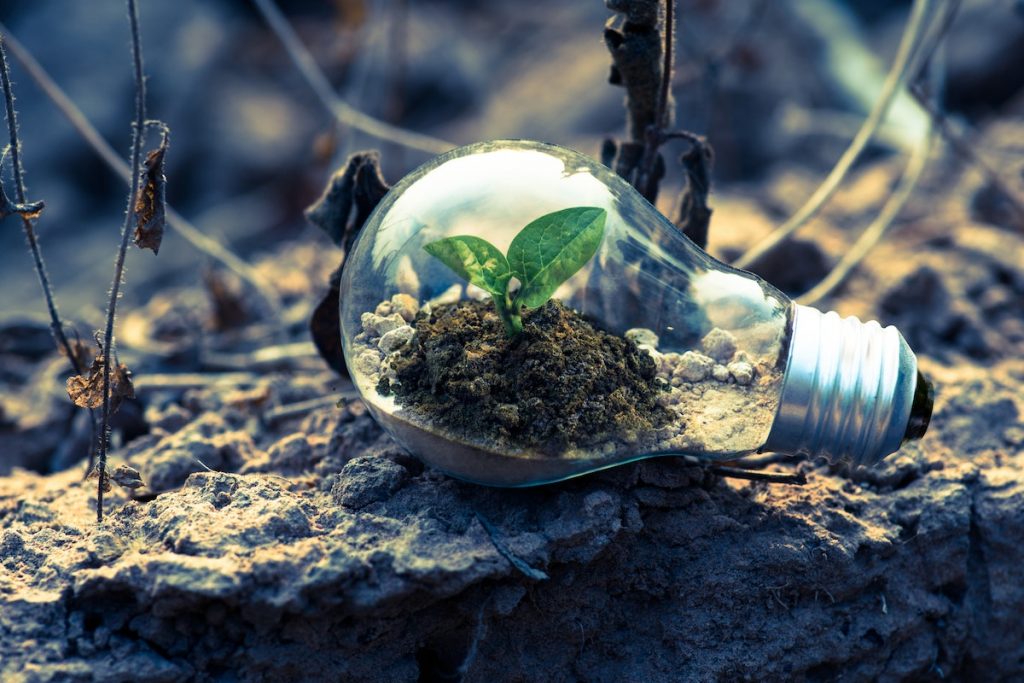- Embracing native landscaping and biodiversity can help promote a healthy ecosystem and provide essential habitats for wildlife.
- Reducing waste, proper disposal practices, and composting are essential to protecting the environment.
- Incorporating green building practices such as renewable materials, energy efficiency, water-efficient fixtures, and natural ventilation can help reduce carbon emissions.
- Investing in renewable energy sources such as solar panels and biomass systems can benefit the environment and finances.
- Everyone is responsible for protecting the environment to secure a healthy planet for future generations.
Climate change is an undeniable reality. From 1901 to 2016, the global average temperature rose by 1.8°F! Such modest fluctuations in planetary temperatures can result in drastic and potentially dangerous climatic and meteorological changes. These visible effects of climate change are referred to as its impacts.
As the planet continues to feel the impacts of climate change and global warming, it is becoming increasingly important for property owners to participate actively in environmental protection initiatives. By implementing sustainable practices and adopting green technologies within your property, you contribute to better living conditions and well-being and help preserve natural resources for future generations. This blog will provide valuable insights on protecting the environment through practical and achievable methods applicable to your property.

Embracing Native Landscaping and Biodiversity
Integrating native plants and vegetation as part of your landscaping can help promote a healthy ecosystem within your property. These plants are inherently adapted to your local climate and environment, requiring less maintenance and care while providing essential habitat for wildlife.
Promote Biodiversity
Promoting biodiversity within your landscape can help reduce pests and diseases while increasing overall resilience and productivity. Native plants and vegetation can provide essential forage for pollinators, birds, and other wildlife, while also providing shelter from predators.
Native Landscaping
Native landscaping doesn’t have to be complicated or expensive. Start by assessing the existing vegetation on your property and mapping out areas that could be enhanced with native plants. If you don’t have a green thumb, plenty of resources are available to help you choose the right plants for your space. From choosing native grasses and wildflowers to shrubs and trees, you can create an attractive and sustainable landscape that supports local wildlife and helps protect water resources.
Encouraging Waste Reduction, Recycling, and Composting
Effectively managing waste within your property is crucial in promoting environmental protection. Providing properly labeled recycle bins can make it easier for occupants to segregate their waste, which, in turn, minimizes the amount of waste sent to landfills or incinerators.
Responsible Disposal Practices
Encouraging responsible disposal practices such as safe electronic or hazardous waste disposal can also influence your property’s environmental health. Implementing a composting system for organic waste can also contribute to sustainable practices on your property, resulting in rich, natural fertilizers for your landscape.
Reduce Waste
Additionally, reducing the amount of waste generated can be achieved through initiatives such as reusable container programs, purchasing products with minimal packaging or recyclable items, and offering paperless billing. These practices support your property’s commitment to protecting the environment.
Deal with Raw Sewage
Raw sewage can be a serious environmental hazard when not properly managed. Poorly maintained sewage systems can cause water pollution, contaminate local waterways, and increase the risk of public health concerns such as diseases caused by pathogens. You should hire a reputable company offering reliable sewage cleanup services. Performing the cleanup can prevent untreated sewage from affecting water sources on the property. Moreover, it can protect your building occupants and the surrounding environment.
Implementing Green Building Practices
Incorporating sustainable building practices can dramatically impact the efficiency and eco-friendliness of your property. Using renewable, recycled, or sustainably sourced materials can significantly minimize your project’s carbon footprint.
Energy-Efficient Strategies
Adopting energy-efficient design strategies such as natural ventilation, daylighting, and proper insulation can help reduce the demand for non-renewable energy sources. These techniques also lead to cost savings as energy consumption is reduced over time.
Efficient Plumbing
Additionally, using water-efficient plumbing fixtures and equipment can drastically reduce water use. Developing a green roof or terrace helps improve air quality and provides additional insulation, thereby reducing energy needs during winter months.

Moving Towards Renewable Energy
Investing in renewable energy can be a valuable long-term decision for your property in an era of diminishing fossil fuel resources and erratic weather patterns. Solar panels, wind turbines, and biomass systems are just a few examples of renewable energy technologies that can be integrated into your property. Not only do these systems help reduce greenhouse gas emissions, but they can also significantly lower energy costs while providing both financial and environmental benefits.
Environmental protection is a responsibility that falls on the shoulders of each property owner. Following the tips in the article can make a tangible impact on the planet. Promoting environmental protection within personal properties will improve the quality of life and help secure the planet’s health for future generations. So, you should strive to make green spaces a routine part of your daily life and pave the way toward a sustainable future.

